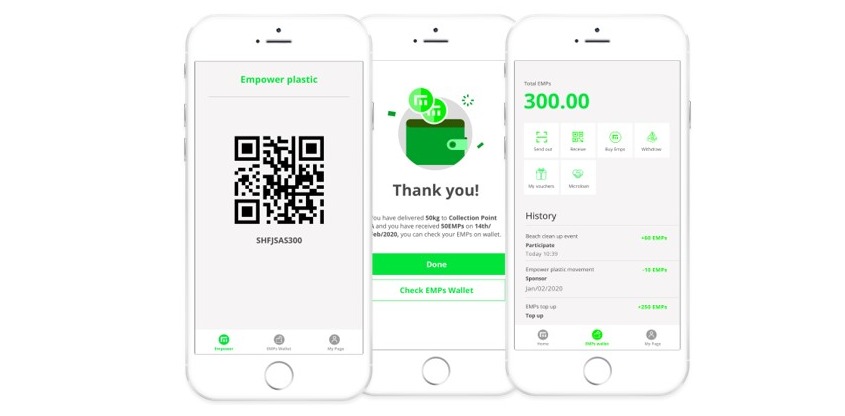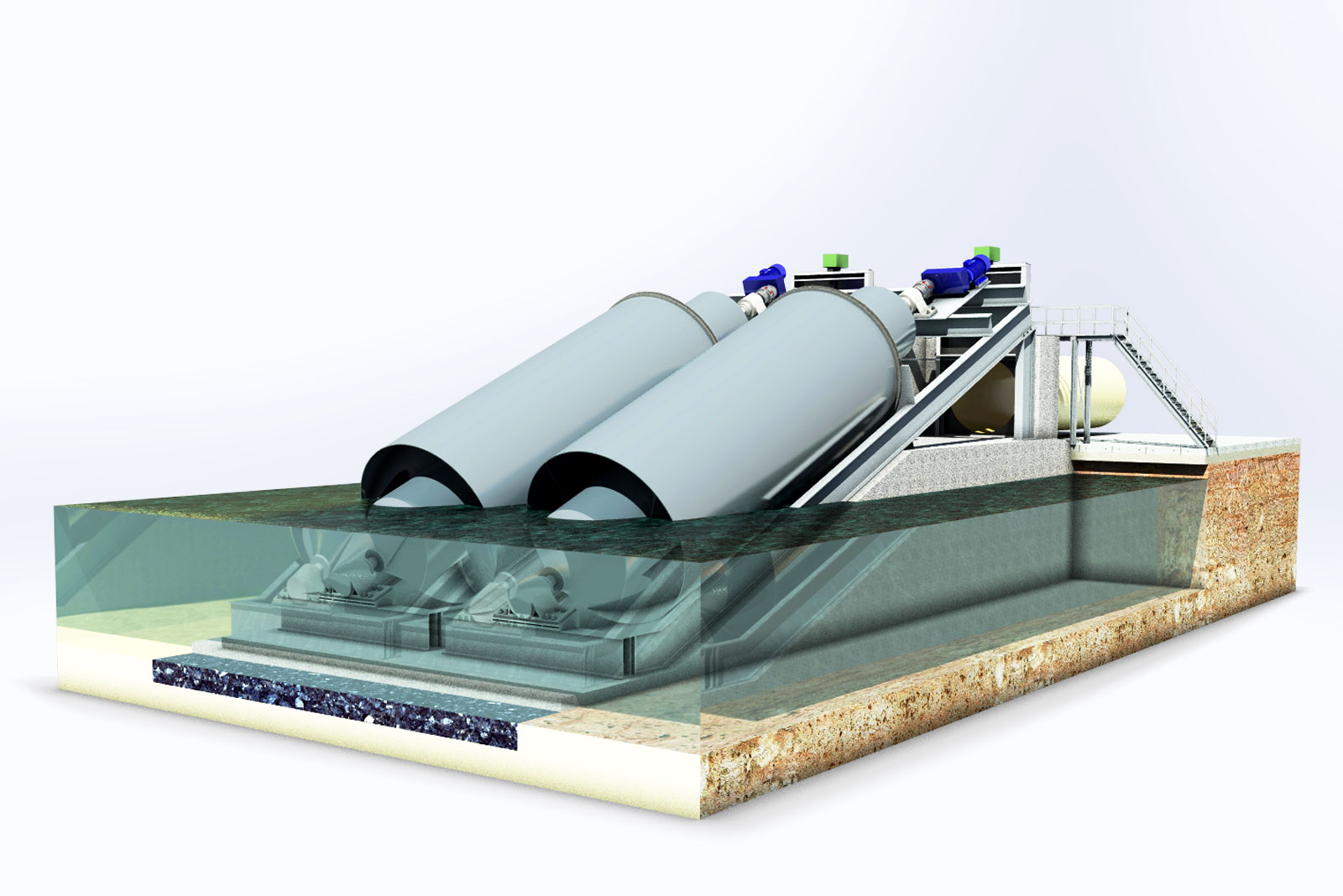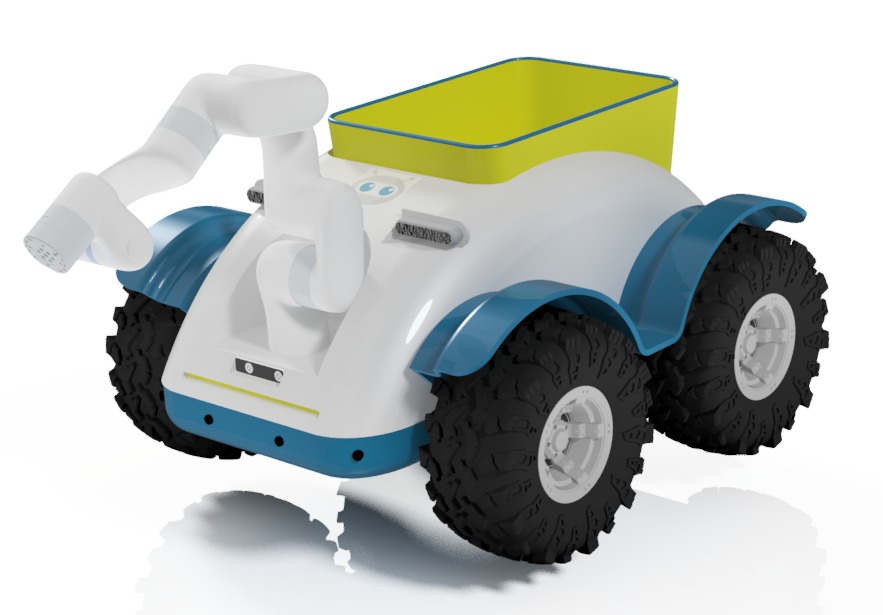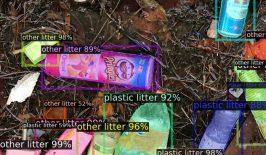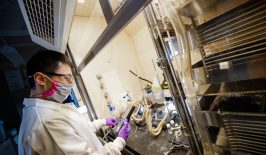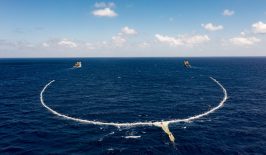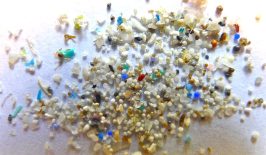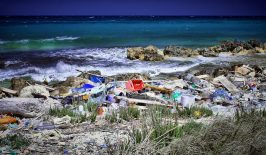No one knows for sure how much plastic is in our oceans, but one thing we do know is that the situation will get worse if nothing is done to stop it. Some studies suggest the amount of plastic in the ocean, if current trends continue, could triple by 2040. That would mean all the plastic garbage in the ocean would likely weigh more than all the fish.
No single solution can solve this vast global crisis, however projects across Europe are being mobilised to develop and experiment with a variety of diverse and innovative solutions.
For example, the EU, as part of their “Restore our Ocean and Waters by 2030” mission, is launching a ‘lighthouse’ in the Mediterranean to act as a central hub for various projects and organisations tackling the ocean plastic pandemic. One such group working with the lighthouse is InNoPlastic, a wide-ranging project funded by the European Commission’s Horizon 2020 Research and Innovation programme.
The multi-disciplined team and partners of InNoPlastic understand that to make an impact on ocean plastic, the issue must be attacked from many directions. As a result, the team is looking to develop both technological and social solutions to the problem, from major pieces of machinery to apps for your smartphone. Currently, all of their projects, including the app, are in a pilot stage, but through work with partners they may soon become a practical reality.
Taking Ocean Plastic From All Angles
Plastic comes in all shapes and sizes – from large visible pieces of macroplastic, to tiny less than 5 millimetre microplastics. Devices such as the Archimedean Drum Screw could potentially remove large amounts of this plastic from areas on the shoreline that it tends to congregate, such as around industrial areas. InNoPlastic’s partner Fish Flow has already developed a full-size prototype designed to aid in the migration of certain fish within their fish-friendly pumps and screws. InNoPlastic suggests similar technology, if slightly adapted, could be used to remove plastic debris. The size of the screw means it would be particularly effective for capturing macroplastics, but could also possibly remove microplastics as well.
But how can you remove those pesky microplastics that are seemingly invisible to the naked eye? Well, one suggested method is to make them group together via a process known as flocculation. The method has been used in drinking water for some time, but InNoPlastic is working on developing it for micro- and nanoplastics. Through the use of electrolytes and polymer flocculant, microplastics can be bound together in larger clumps that then can be more easily removed with technology such as the Archimedean Drum Screw.
Another method to achieve a similar result, is the SepaRaptor, which uses ultrasound to push microplastics together into clusters for flocculation.
An ambitious technological solution is the development of an automated robot which can patrol and scour the beaches for larger pieces of macroplastic. Dubbed the SEEKer Robot, it is expected to be equipped with a robotic arm, sophisticated vision system and automated docking and recharging facilities.
It is hoped such robotic technology could function with extremely little human interference and use image recognition software to detect plastic amongst sandy and cobblestone beaches. This plastic would then be loaded into the bin on its back, before transported to a collection facility.
The final InNoPlastic solution is to mobilise communities across the globe to pick up litter and catalogue the full extent of the ocean plastic crises. This could be achieved through the development of social apps which provide rewards – such as discounts for food, gym memberships and gifts – in exchange for picking up and binning litter. This is similar to previous projects we have covered at RESET, including an app which entered litter-pickers into a special lottery.
The use of photos and GPS could be used to verify where litter was picked up, as well as pinpoint potential plastic hotspots, creating important data sets. The waste could then be entered back into the economy for recycling and reuse, with the app also potentially providing traceability of the long term journey of the plastic. In the end, this may make consumers more conscious of which companies and projects are truly embracing circular economy concepts and recycling.
At the moment, the solutions outlined above are all in the prototype stage, but the work of InNoPlastic and their partners illustrates there are many ways to reduce the plastic plague in our seas, ocean and rivers. Ultimately, some of these projects may be launched in one of InNoPlastics pilot areas which currently include Krk Island in Croatia, the Venice Lagoon, the Thames River and Sint Maarten Island in the Caribbean.
